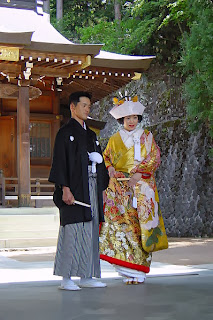▶ Native American traditional costume
Traditional Costume is an important part of Native American Ceremonies. In traditional ceremony, it becomes a statement of connection to the old ways, the ancestors and the elders that have sacrificed so much that American can still have the spirituality. I think native american traditional costume is the most glamorous clothes in the world and also, seems to give a threat to others.

Traditional Costume is an important part of Native American Ceremonies. In traditional ceremony, it becomes a statement of connection to the old ways, the ancestors and the elders that have sacrificed so much that American can still have the spirituality. I think native american traditional costume is the most glamorous clothes in the world and also, seems to give a threat to others.

Native American costume is a vital part of American culture and history. Weaving, beading, and detailed work such as feathering played an integral part in Native American clothing. Native American clothing was a main factor in cultural and religious ceremonies. Intricate beadwork and feathered headdresses were also commonly worn during ceremonial displays. As was custom with the Native Americans, they were very resourceful with all of the materials that were available to them, and they used the skins of deer to make clothes as well as fibrous materials. Beads and Wampum (a shell) were also frequently used to adorn tribal dress. There were many different beadwork patterns that were symbolic to each tribe.
Women were primarily the seamstresses of the tribes. They would prepare the skins that would be used to make clothing. The act of making Native American clothing wasn’t a task that the women took lightly. Many of the decorations and the objects used by the women to adorn the clothing were significant symbols of stature and power. Family relationships were also honored through the art of making Native American clothing. Women would diligently work on the clothes for loved ones, and by using objects that represented the occupations of her loved ones.
The Native Americans are known for their belief in the respect of nature. This not only includes the Earth and environment, but also extends to animals. When women made Native American clothing they were never wasteful with animal products. Quills from porcupines, feathers from eagles, and skins from deer were just some of the animal products that were used for clothing. Whether it was leather for moccasins, fur, or quills and shells, the animals that gave their lives for human use were believed to be treated with respect, dignity, and care. Native American clothing is preserved today in many museums.






























.jpg)












